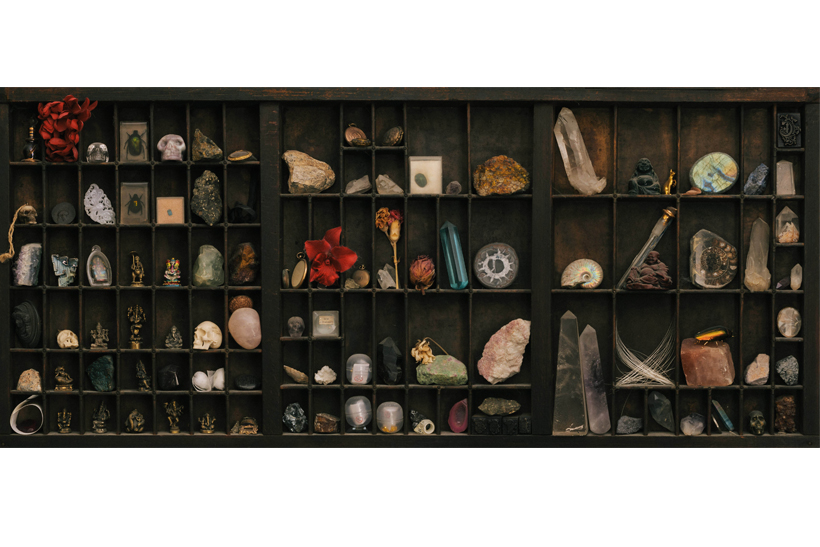
Selected Topics in Architecture: Memory and Making
ARC3719H S
Instructor: Jay Pooley
Meeting Section: L5101
Wednesday, 6:00 - 9:00pm
The things we make, make us. Our world is shaped by the objects around us and in turn those articles begin to shape who we are. Not only in the moments of experiencing the object, but in the experience of making the object. The selection of materials, the limits, the shaping, marking and connection of resources are significant steps in the creative process and contribute deeply to our overall character as designers. The idea that making something is a direct expression of a design language – that making is designing – has not been forgotten. The net result of designing is in fact building.
This course will saddle building as a critical component in the language of design. By utilizing the construction of artifacts as a method of discovery, students will begin to map out the memory of a life through the construction of a Wunderkammer or Cabinet of Curiosities. Derived from an encyclopedic collection of objects, the final assembly will document the exploration of memory through the exercise of making. Students will have the opportunity to develop hands-on skillsets in construction across a number of materials and methods of fabrication. Not limited to either analogue or digital building (hand tools or robots), students will be given the opportunity to find the right tool for the job. Readings will cover a platform of architectural and cultural approaches to selections from the history of work, fabrication, construction and craft as they relate to allies in the fine arts, philosophy, theatre and film.
Through the study of historical and theoretical views on craft, technological advancements in fabrication and constant contact with materials and methods, students will be introduced to the history, theory, technology and practice of making. The goal of the course is to enable students to form a sense of self-reliance in terms of building. To narrow the gap between designing and making. That when a young designer approaches a builder, they might do so with confidence not only in their design, but in their ability to successfully shepherd the design into the precise articulation of construction.

